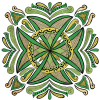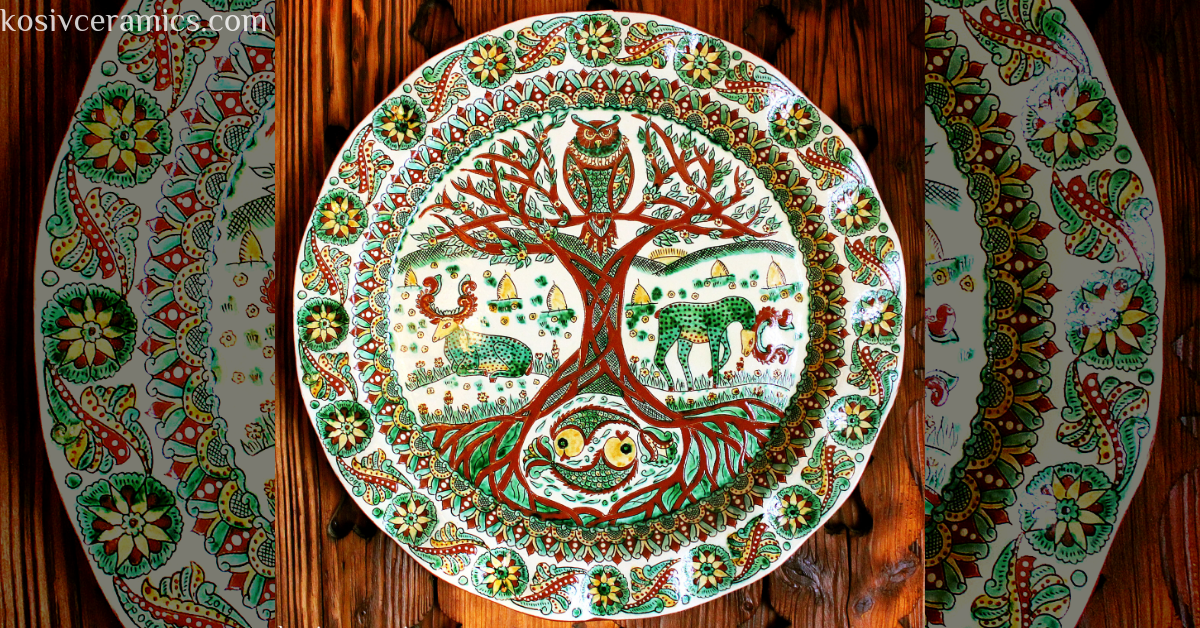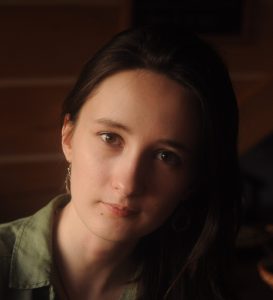My maternal great-grandfather’s name was Mykhailo, and he was in World War II.
I don’t remember him personally, so I have to collect stories about him. One of them – as after his release from captivity, having passed half of Europe on the way home, he learned butchering and the art of making meat delicates. When he returned home, my great-grandfather worked as a butcher before retirement – and after retirement, too.
My great-grandfather was illiterate and could only sign for himself in documents. We live in the house he built – and with every renovation or relocation, we always notice how well done is our house. My great-grandfather Mykhailo was a unique person, and I never tire of collecting stories about him.
His wife, my great-grandmother, made meat products – sausages, hams, and much more. All these products were in great demand, especially on Easter and Christmas. As a real housewife, she had stocks for all occasions and hooch in all corners.
Great-grandfather Yosyp, on my father’s line, lived in a small village in the Lviv region and was also self-taught – he played the violin in the musical trio. He made his first violin himself. One of the violins he played at weddings now belongs to us, hangs on the wall near the sideboard. We also have an old black-and-white photograph with the musical trio, where the great-grandfather is sitting on the left. My great-grandfather learned to play by ear, and during his life, he had only two violins.
A few years ago, I started arranging my family tree. When you have a Hutsul-Galician family, putting everyone together and making this Tree readable is a real challenge. But at the same time, I collected many stories about close and distant relatives, happy and scary stories, romantic and sad, stories about war, love, and struggle for life. Looking at this Tree now, I understand – those stories are just a drop in the ocean.
The Tree of Life is one of those symbols that relatable to almost every culture. Its meanings and images often coincide but differ only in the varieties of trees that became the earthly embodiment of the great Tree of Life. The Celts had an oak – an essential and traditional tree for their culture. The Buddhists – according to many assumptions – a sacred ficus, under which the Buddha attained enlightenment. Baobabs are sacred for some African tribes because they store water and bring fruits.
The Tree of Life is the personification of harmony and balance in nature. It shows cyclicity and continuity of existence and stands at the intersection of four elements. The Tree of Life has a special meaning for everyone.
This what our plate is about.

There are no images of people on it because the Tree itself is the embodiment of the Family – from ancestors-roots, without which everything will dry up and die, through the trunk – parents, and to children-branches, to us, who grow this Tree to heaven. Near the Tree, there are animals, mountains in the background, flowers and trees – as the symbols of the balance between man and nature. All three parts of the Tree cannot exist without each other because generations’ unity gives strength to the great Family. In the memory of ancestors, in the past stories, in the innovation and courage of children, in the desire for new, in experiments and new solutions is Family’s power. A healthy balance between the past and the present gives confidence in the future.
Not every Tree grows so straight and steadily upwards. Sometimes the roots grow in different directions or cling to the rocks, the trunk grows at an angle so that the Tree maintains balance, and the branches stretch in different directions to reach the light. And that what is important.


